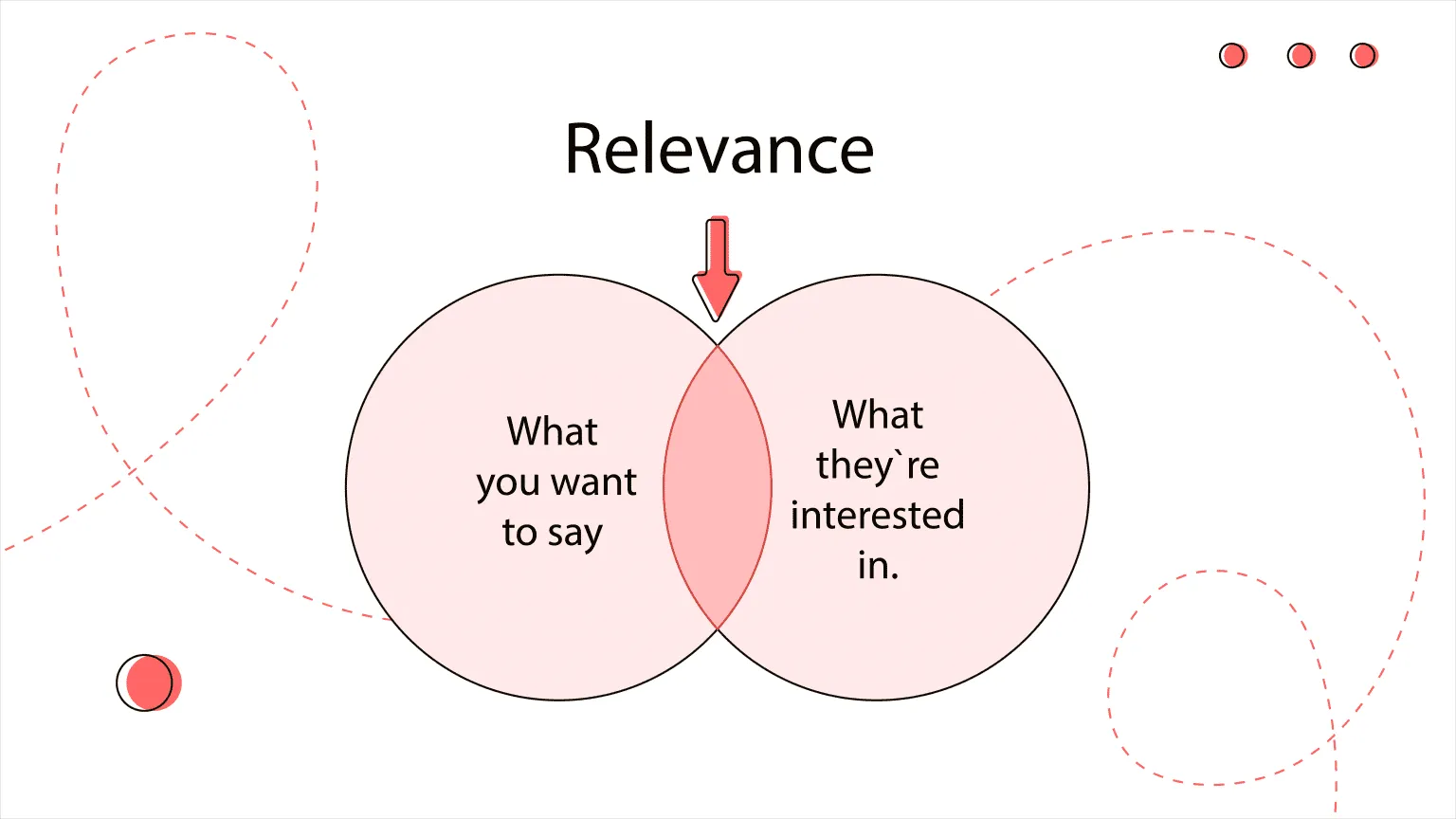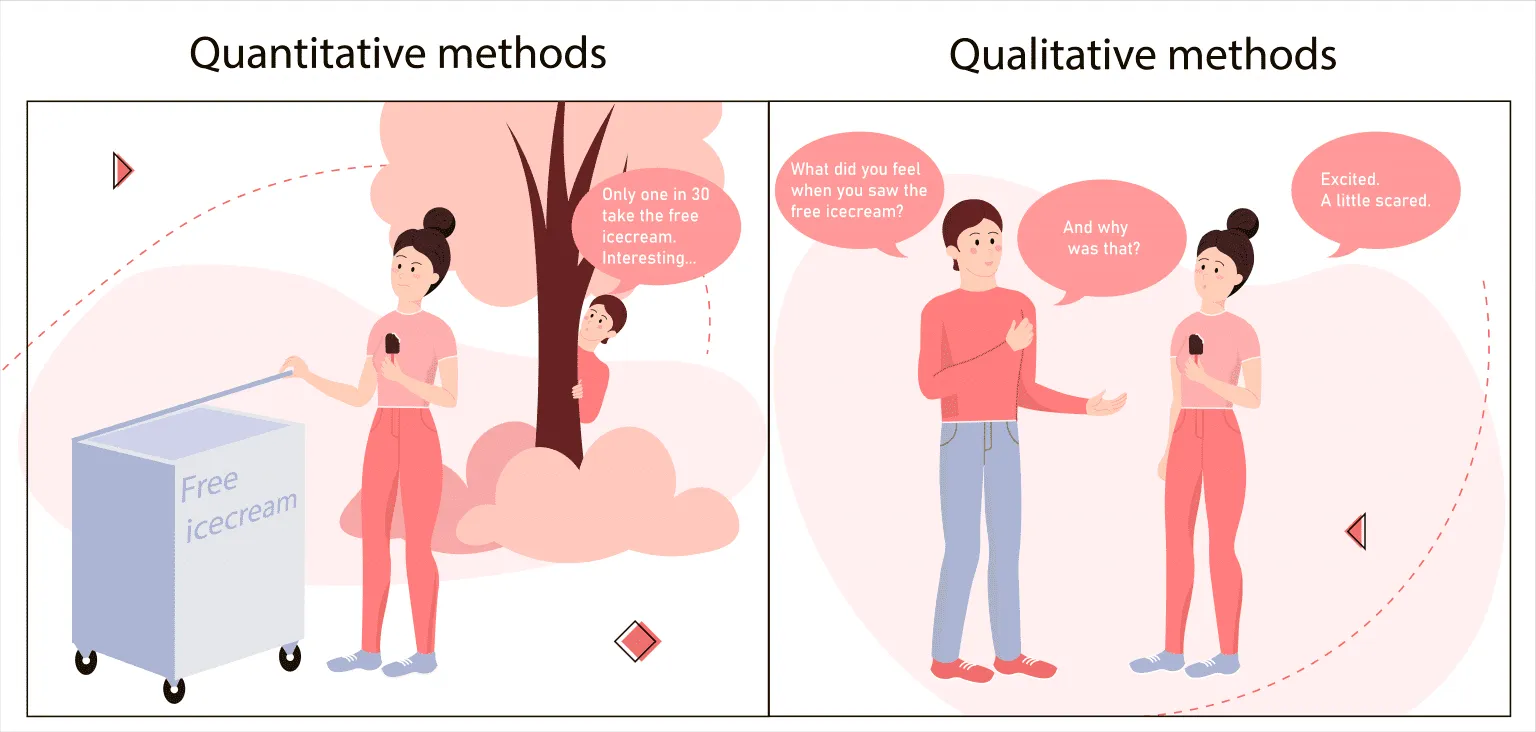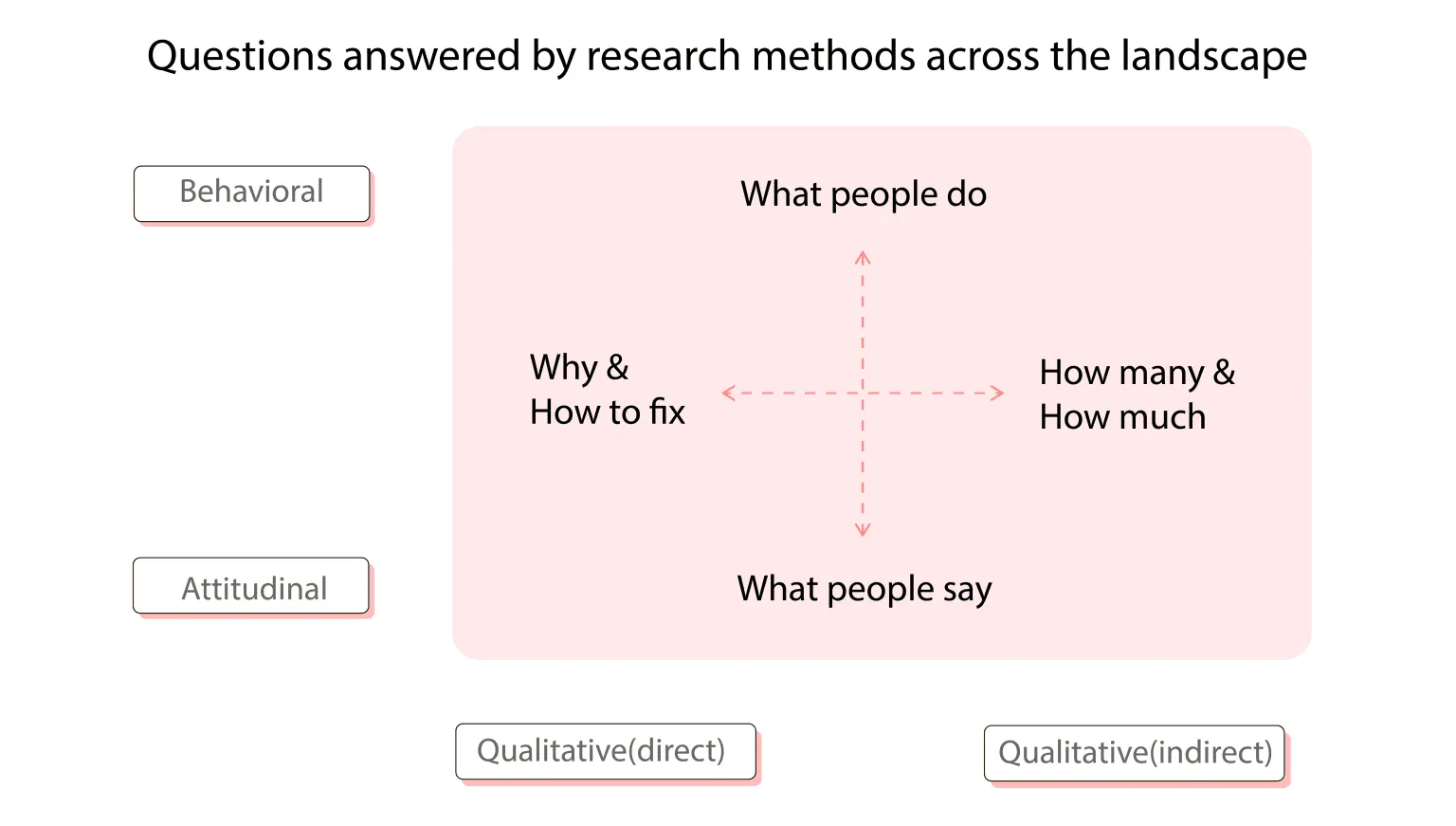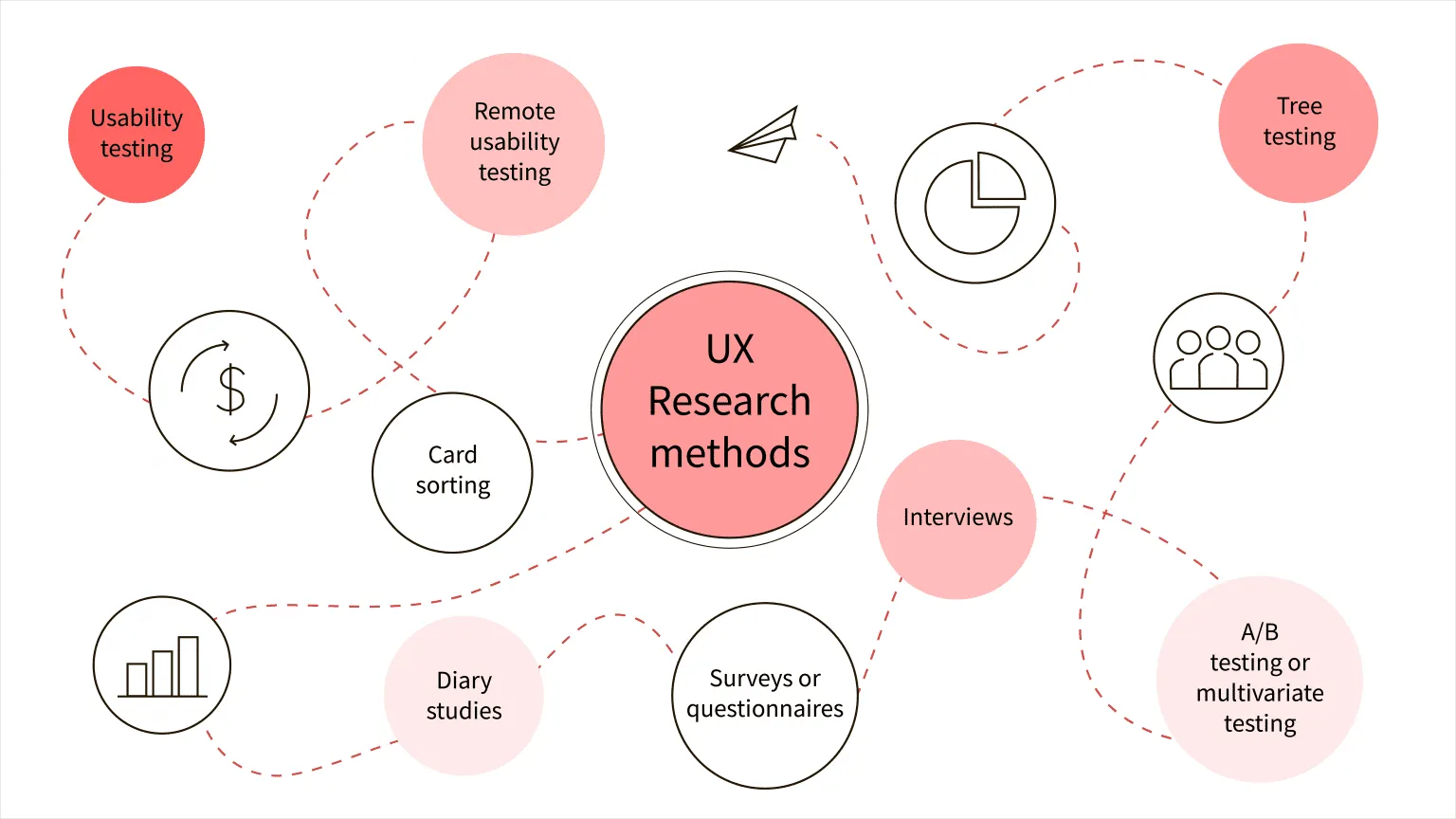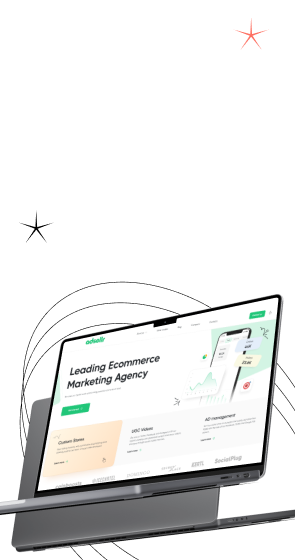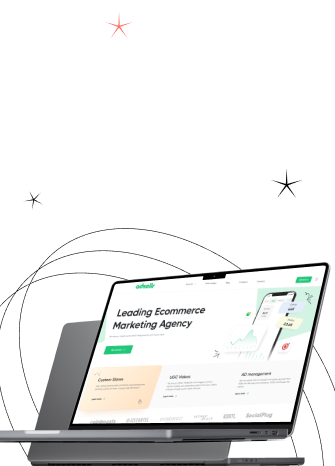Research is a priority in business, which is directly related to people. Study the needs of the target audience through conducting certain research and drawing conclusions. And then improve the product based on this knowledge. This is what UX research is needed for. With its help, it’s possible to study the target audience in detail and then apply this knowledge in the product’s design and further modernization.
So, let’s discuss what UX research is, what methods exist and where and how to apply them.

